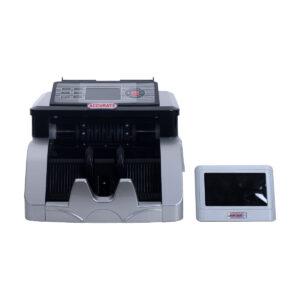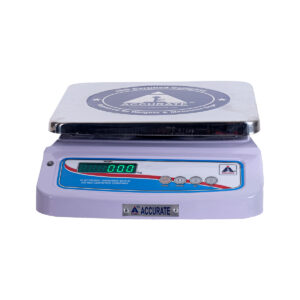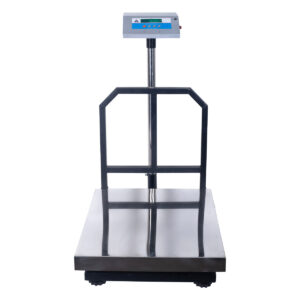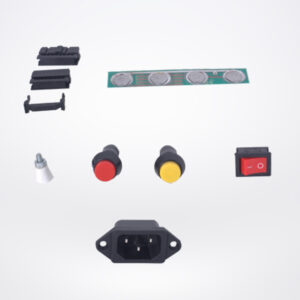SELECTION OF WEIGHING INSTRUMENTS:
The weighing instrument is the most important part of the weighment process and the selection of the instrument, therefore has to be done carefully. If the selection is not correct, the result of the weighment may give a wrong indication, thereby leading to an incorrect decision.
Selection criteria: The selection of weighing instrument depends on the weighment to be performed. Generally, three characteristics are considered; these are:
• The range and magnitude of the parameter to be weighed and the accuracy of the weighment (the instrument should have the range to cover effectively the range of the parameter).
• The resolution of the weighing instrument should be smaller than the minimum unit of weighment of the parameter. • Lastly and most importantly, the accuracy or uncertainty of the weighing instrument should comply with the accuracy requirement of the parameter to be weighed.
Understanding accuracy in weighment:
In order to select the correct weighing instrument, the implications of instrument accuracy on the weighment data and the effect it has on decisions taken based on the data must be clearly understood.
If the accuracy of a weighing instrument is ± 1g, this means that the value displayed on the instrument would be considered the correct value so long as the actual value of the measurement is within ± 1g of the actual value. In other words, if 10g is the reading displayed on a weighing instrument while making a measurement and if ± 1g is the accuracy of that instrument, then the actual value could be anywhere between 9g and 11g, including either 9g or 11g.
The weighing instrument is the most important part of the weighment process and the selection of the instrument, therefore has to be done carefully. If the selection is not correct, the result of the weighment may give a wrong indication, thereby leading to an incorrect decision.
Selection criteria: The selection of weighing instrument depends on the weighment to be performed. Generally, three characteristics are considered; these are:
• The range and magnitude of the parameter to be weighed and the accuracy of the weighment (the instrument should have the range to cover effectively the range of the parameter).
• The resolution of the weighing instrument should be smaller than the minimum unit of weighment of the parameter. • Lastly and most importantly, the accuracy or uncertainty of the weighing instrument should comply with the accuracy requirement of the parameter to be weighed.
Understanding accuracy in weighment:
In order to select the correct weighing instrument, the implications of instrument accuracy on the weighment data and the effect it has on decisions taken based on the data must be clearly understood.
If the accuracy of a weighing instrument is ± 1g, this means that the value displayed on the instrument would be considered the correct value so long as the actual value of the measurement is within ± 1g of the actual value. In other words, if 10g is the reading displayed on a weighing instrument while making a measurement and if ± 1g is the accuracy of that instrument, then the actual value could be anywhere between 9g and 11g, including either 9g or 11g.








